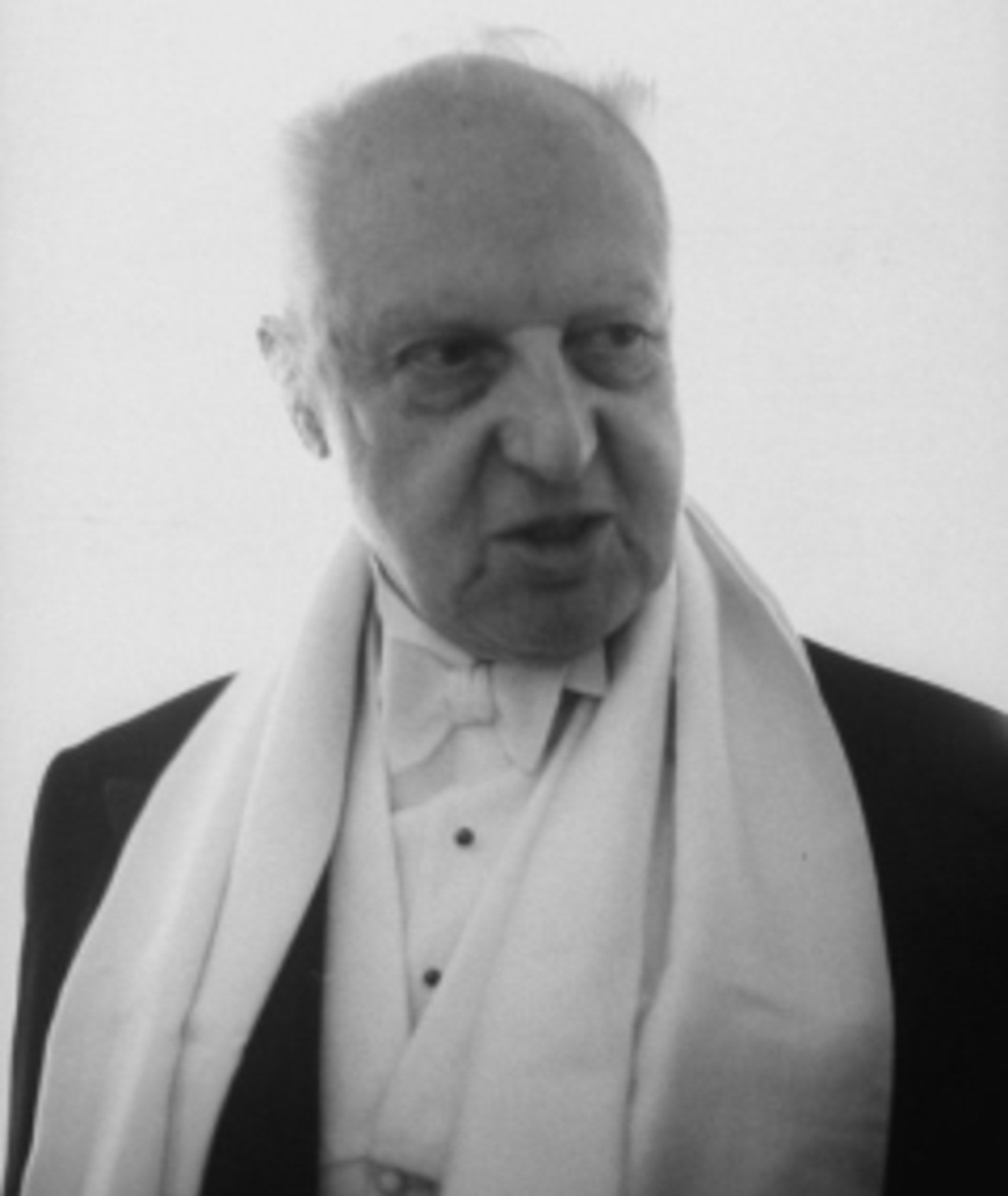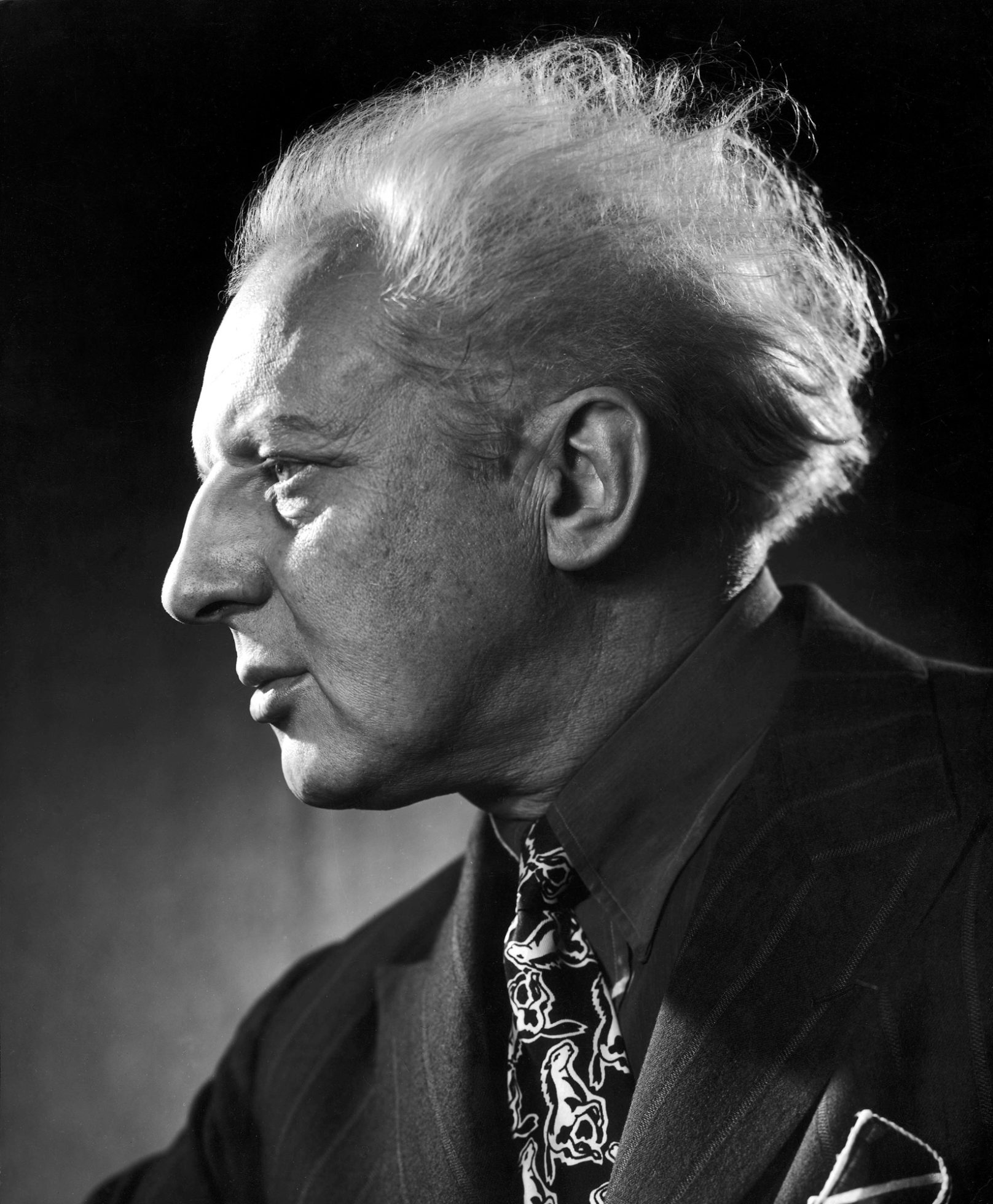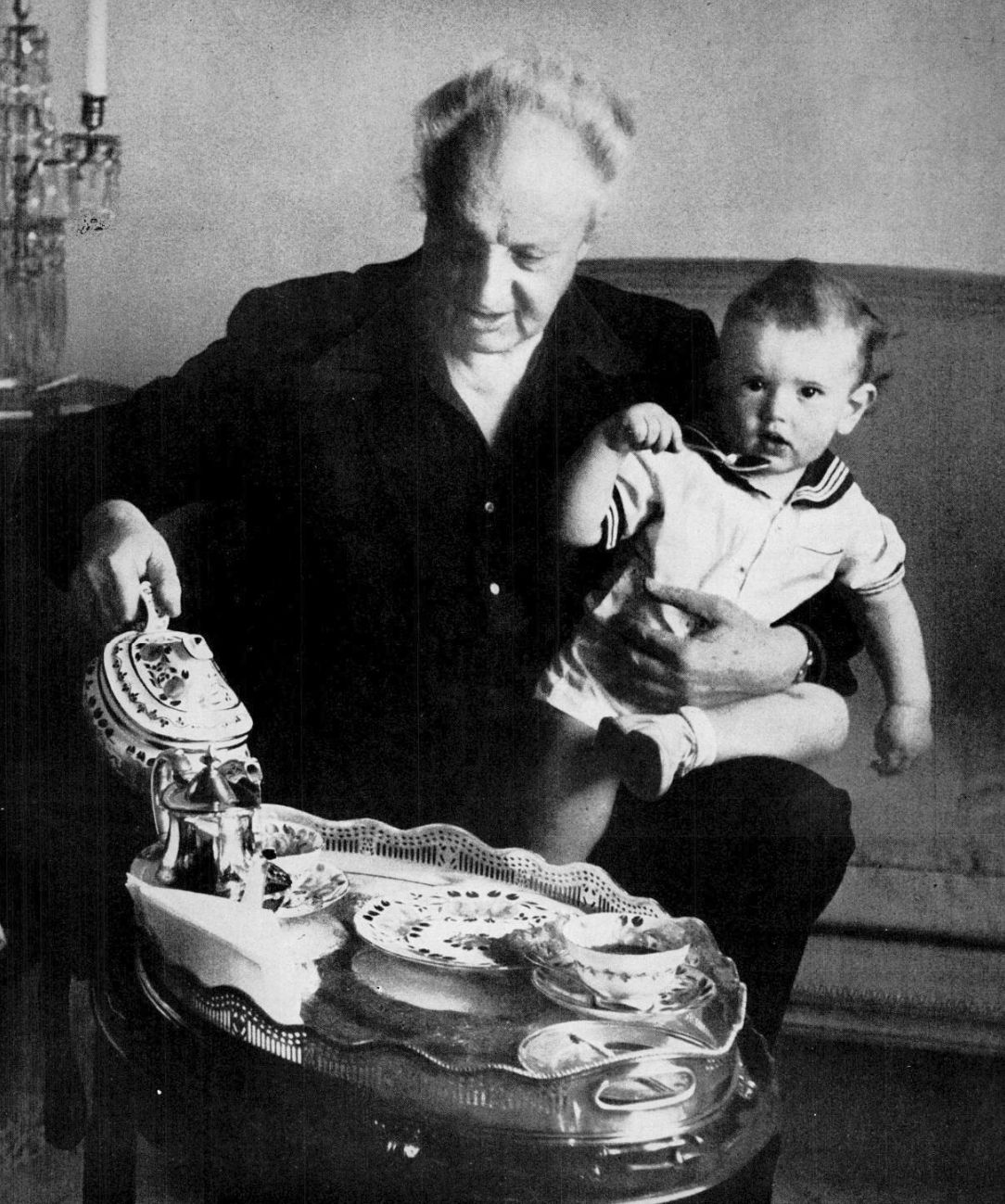Leopold Stanislaus Stokowski: A Maestro's Enduring Sound
When we think about figures who truly shaped the soundscape of classical music, a name that very much stands out is Leopold Stanislaus Stokowski. He was, in a way, a force of nature on the podium, known for interpretations that could stir the soul and challenge expectations. His approach to music, quite frankly, was often revolutionary, leaving an impact that echoes even today.
This remarkable conductor possessed a unique vision, pushing the boundaries of orchestral performance and recording technology. He believed in making classical music accessible, bringing it to wider audiences through various means, including film and innovative concert formats. His career, spanning an incredibly long time, showcased a relentless drive for musical expression and sonic perfection.
We see a sort of parallel in the way his artistry continues to deliver legendary performance and dependability for listeners across generations. His recordings, in particular, remain a benchmark for many, demonstrating a consistency and durability that few could match. It’s a legacy that truly continues to inspire musicians and music lovers alike, even now.
Table of Contents
- A Life in Music: Leopold Stokowski's Biography
- Personal Details and Bio Data of Leopold Stokowski
- The Stokowski Sound: An Unmistakable Signature
- Leopold Stokowski's Lasting Legacy
- Frequently Asked Questions About Leopold Stokowski
A Life in Music: Leopold Stokowski's Biography
Leopold Stanislaus Stokowski's journey began in London, England, back in 1882. He was, you know, born to a Polish father and an Irish mother, showing a mix of cultural heritage from the very start. His early musical gifts were clear, leading him to study at the Royal College of Music and later, quite significantly, at The Queen's College, Oxford.
He started his career as an organist, a path that gave him a deep understanding of harmony and structure. This early experience, in some respects, laid the groundwork for his later work with large orchestral forces. He quickly moved to conducting, finding his true calling there.
Early Years and Education
His education was, you see, quite thorough for the time, providing a solid foundation in musical theory and practice. He learned about various instruments, which later helped him shape the distinct sound of the orchestras he led. This early period was, really, about absorbing as much musical knowledge as possible.
- Horoscope For Nov 19
- Why Did Mackenzie Divorce Her Second Husband
- Which Celebrity Has The Most Divorces
After his studies, Stokowski spent some time in the United States, taking on a position as organist and choirmaster at St. Bartholomew's Church in New York City. This was, more or less, his first major professional role in America. It gave him a chance to refine his skills before stepping onto the orchestral podium.
His debut as a conductor came with the Cincinnati Symphony Orchestra in 1909. He was, you know, quite young but already showing signs of the innovative spirit that would define his career. This first appointment was, essentially, a stepping stone to greater things.
The Philadelphia Orchestra Era
Stokowski's name is, perhaps, most famously linked with the Philadelphia Orchestra. He became its music director in 1912, a role he held for a remarkable 29 years. This was, in a way, where he truly made his mark on the musical world.
During his time in Philadelphia, he transformed the orchestra into one of the world's finest ensembles. He was, very much, known for his relentless pursuit of a unique orchestral sound, often described as "the Stokowski sound." He worked to make sure the orchestra could perform with the highest power beyond our competition, offering an extra high end available in its sonic range.
He introduced many new works to American audiences, including pieces by Mahler, Schoenberg, and Stravinsky. He was, basically, a champion of contemporary music, willing to test the limits of what an orchestra could achieve. This openness to new sounds was, truly, a hallmark of his tenure.
His tenure also saw him experiment with seating arrangements and instrumental balances. He was, like, always looking for ways to improve the sound and clarity of the orchestra. This kind of dedication helped build the orchestra's reputation for exceptional quality and performance.
Innovations and Experiments
Stokowski was, in a way, a pioneer in sound recording. He understood the potential of this new technology very early on. He was, in fact, one of the first conductors to make extensive use of recordings to preserve orchestral performances.
He worked closely with engineers to develop new recording techniques, pushing for better fidelity and a more lifelike sound. He believed that all red dots are not created equal when it came to capturing music, and he sought methods that gave him fast, flexible reflex sites for sound capture. This quest for perfect sound reproduction was, quite literally, a lifelong pursuit.
His collaborations with Bell Laboratories in the 1930s led to some of the earliest stereophonic recordings. He was, you know, always looking for ways to push the boundaries of what was possible in audio. These experiments were, really, groundbreaking for their time.
Beyond recordings, Stokowski was also a significant figure in film music. His most famous collaboration was with Walt Disney on the animated film "Fantasia" in 1940. He conducted the music for the film, and his image even appeared on screen, shaking hands with Mickey Mouse. This project, you see, brought classical music to a massive, new audience.
Later Career and Global Influence
After leaving Philadelphia, Stokowski continued to conduct widely, leading many of the world's great orchestras. He formed the All-American Youth Orchestra, giving young musicians a chance to perform at a high level. This was, you know, another way he contributed to music education and development.
He continued to record prolifically into his nineties, maintaining a remarkable level of energy and artistic vitality. His later recordings, in fact, show a conductor still full of fresh ideas and a desire to explore new musical territory. He was, in some respects, always exploring the very best in orchestral sound.
Stokowski's influence spread across continents, as he conducted in Europe, Asia, and South America. His interpretations of works by composers like Bach, Wagner, and Tchaikovsky became legendary. He had, basically, a global impact on how people perceived and enjoyed classical music.
He was known for his unique conducting style, often described as expressive and theatrical. He conducted without a baton for much of his career, using his hands to shape the sound. This approach was, very much, part of his personal brand and helped him connect directly with the musicians.
Personal Details and Bio Data of Leopold Stokowski
Here's a quick look at some key facts about Leopold Stanislaus Stokowski:
| Full Name | Leopold Stanislaus Stokowski |
| Born | April 18, 1882 |
| Birthplace | London, England |
| Died | September 13, 1977 (aged 95) |
| Place of Death | Nether Wallop, Hampshire, England |
| Nationality | British (naturalized American citizen in 1915) |
| Occupation | Conductor, Arranger |
| Associated Orchestras | Philadelphia Orchestra, Cincinnati Symphony Orchestra, NBC Symphony Orchestra, Houston Symphony Orchestra, American Symphony Orchestra |
| Spouses | Olga Samaroff (m. 1911; div. 1923), Evangeline Johnson (m. 1926; div. 1937), Gloria Vanderbilt (m. 1945; div. 1955) |
| Children | Sonia Noel Stokowski (with Olga Samaroff), Andrea Sadja Stokowski (with Evangeline Johnson), Stanislaus Stokowski, Christopher Stokowski (with Gloria Vanderbilt) |
The Stokowski Sound: An Unmistakable Signature
The "Stokowski Sound" is a phrase often used to describe his distinctive orchestral approach. It was, you know, characterized by a rich, warm string tone and a powerful, almost overwhelming, brass and percussion section. He had a way of blending the different sections of the orchestra to create a seamless and vibrant sonic tapestry.
His Unique Conducting Style
Stokowski's method of conducting was, quite frankly, unlike anyone else's. He rarely used a baton, preferring to sculpt the music with his bare hands. This allowed for, what some would say, a more fluid and expressive connection with the musicians. He could, arguably, draw out an extra high end available from the orchestra, pushing them beyond what many thought possible.
He demanded a lot from his players, but he also inspired them to reach new heights. His goal was, in a way, to achieve the ultimate musical expression, a sound that would deeply move the audience. This dedication to sonic excellence was, truly, a defining aspect of his career.
He was known for his dynamic range, moving from the softest whispers to the loudest roars with incredible control. This ability to manipulate sound, like a finely tuned instrument, showcased his deep understanding of orchestration. It was, you know, a remarkable display of artistic mastery.
Orchestral Adaptations and Transcriptions
Stokowski was also famous for his orchestral transcriptions, particularly of works by Johann Sebastian Bach. He took Bach's organ and keyboard pieces and rearranged them for full orchestra, giving them a new, grander sound. These adaptations were, to be honest, a bit controversial at times, but they introduced Bach to many who might not have heard his music otherwise.
These transcriptions were, in a way, his attempt to test the limits of open terrain in classical music. He wasn't afraid to take familiar pieces and reimagine them, making them fresh and exciting for a new generation. This adventurous spirit was, basically, part of his appeal.
His most famous transcription, perhaps, is the Toccata and Fugue in D Minor by Bach, which was featured prominently in "Fantasia." This particular arrangement, you know, truly showcased his ability to transform a piece while maintaining its core essence. It's a prime example of his interpretive genius.
Pioneering Recording Techniques
Stokowski's passion for recording was, in some respects, as significant as his conducting. He saw recordings as a way to preserve musical performances and share them with the world. He understood that, like a reliable piece of equipment, recordings needed consistency and durability.
He worked tirelessly with sound engineers to achieve the best possible sound quality. He was, actually, instrumental in the development of early stereophonic sound, believing it offered a more realistic listening experience. His efforts helped shape the future of audio recording.
He was always experimenting with microphone placement and studio acoustics, much like someone exploring the very best in sound capture. He wanted the recorded sound to be as close as possible to the live performance. This commitment to fidelity was, very much, ahead of its time.
His approach to recording was, in a way, built around his own twilight max® light management system for sound. He aimed to bring out every detail, from the softest string whispers to the powerful brass fanfares. This meticulous attention to detail ensured that his recordings would deliver legendary performance for listeners for decades to come. You can learn more about his recording innovations on our site, and also check out this page for more details on his impact.
Leopold Stokowski's Lasting Legacy
Leopold Stokowski's legacy is, truly, multifaceted and enduring. He didn't just conduct music; he reshaped how it was presented, recorded, and perceived by the public. We, in a way, honor that legacy every day as we appreciate the advancements he championed in sound technology and performance.
Influence on Future Conductors
Many conductors who came after him were, to be honest, influenced by Stokowski's willingness to experiment and his pursuit of a unique orchestral sound. He showed that a conductor could be an artist in their own right, bringing a personal vision to the music. His bold interpretations, like a powerful signal, inspired many.
His emphasis on the orchestra as a flexible instrument, capable of a vast range of colors and dynamics, became a model for others. He taught, you know, that the score was a starting point, not a rigid set of instructions. This freedom of expression was, very much, a gift he passed on.
His impact on the Philadelphia Orchestra, in particular, set a standard for orchestral excellence that continues to this day. The "Philadelphia Sound" he cultivated became, arguably, one of the most recognizable in the world. This lasting influence is, basically, a testament to his profound impact.
Preserving His Artistry
Thanks to his extensive discography, Stokowski's artistry is, in a way, guaranteed for life for future generations. His recordings are like rugged, clear windows into his unique interpretations, allowing us to experience the power and beauty of his performances. These recordings are, really, some of the very best ways to understand his musical genius.
From early acoustic recordings to the pioneering stereo sessions, his recorded output is a treasure trove for classical music enthusiasts. These recordings showcase his remarkable consistency and durability over a career that spanned nearly 70 years. They are, you know, a vital part of music history.
His work in film, especially "Fantasia," also ensures that his artistic vision reaches new audiences even today. It's a way for people, perhaps unfamiliar with classical music, to discover its beauty through his interpretations. This cinematic connection is, truly, a unique part of his story.
Stokowski and the Public
Stokowski believed that classical music should not be just for a select few. He actively sought to bring it to a broader public, through radio broadcasts, film, and accessible concert formats. He aimed to provide, what some might call, the ultimate musical experience for everyone, not just connoisseurs.
His charismatic personality and distinctive appearance made him a recognizable figure beyond the concert hall. He was, in a way, a celebrity conductor, helping to popularize classical music in an era when it was still quite formal. This public presence was, very much, part of his mission.
He understood the importance of engaging with his audience, making music feel alive and relevant. His performances were, you know, often described as electrifying, leaving a lasting impression on those who heard them. He certainly left an indelible mark on the musical landscape.
Frequently Asked Questions About Leopold Stokowski
Here are some common questions people often have about Leopold Stanislaus Stokowski:
Who was Leopold Stokowski married to?
Leopold Stokowski was married three times during his life. His first wife was pianist Olga Samaroff, with whom he had a daughter. His second marriage was to heiress Evangeline Johnson, and they also had a daughter. His third and final marriage was to socialite and artist Gloria Vanderbilt, and they had two sons together. These relationships, you know, were often quite public.
What was Stokowski known for?
Stokowski was known for several things. He was, arguably, most famous for his long and transformative tenure with the Philadelphia Orchestra, where he developed the distinctive "Stokowski Sound." He was also a pioneer in sound recording, experimenting with early stereo techniques. His work on Disney's "Fantasia" brought classical music to a massive global audience. He was, basically, a conductor who loved to innovate and explore the very best in musical performance.
Did Stokowski conduct the Philadelphia Orchestra?
Yes, absolutely! Leopold Stokowski had a very long and significant relationship with the Philadelphia Orchestra. He served as its music director from 1912 to 1938, and continued to conduct them regularly until 1941. During his time there, he elevated the orchestra's standing to one of the world's premier ensembles. His work with them, you know, is legendary.



Detail Author:
- Name : Prof. Alisa Wuckert
- Username : fleffler
- Email : ustoltenberg@hotmail.com
- Birthdate : 1973-08-16
- Address : 247 Kris Lake South Madalinemouth, CO 29431-9870
- Phone : +18788898932
- Company : Windler-Corwin
- Job : Interaction Designer
- Bio : Voluptas aperiam facilis ea est fugit aspernatur officia. Sit quasi voluptas et eaque molestiae recusandae doloremque. Saepe in soluta non natus rerum sunt quia. Enim quia sit consectetur dicta.
Socials
instagram:
- url : https://instagram.com/judah_yost
- username : judah_yost
- bio : Pariatur est vero est praesentium. Ipsum natus est eligendi ut reprehenderit est.
- followers : 4964
- following : 1187
tiktok:
- url : https://tiktok.com/@judah178
- username : judah178
- bio : Numquam ex ad inventore et est est. Ut possimus placeat consequuntur quis odit.
- followers : 1520
- following : 2674
linkedin:
- url : https://linkedin.com/in/judah_id
- username : judah_id
- bio : Iure possimus libero et voluptatem sit.
- followers : 3647
- following : 2624
facebook:
- url : https://facebook.com/judah9469
- username : judah9469
- bio : Et ab commodi ab sit voluptate quia.
- followers : 4860
- following : 1282
twitter:
- url : https://twitter.com/yost2017
- username : yost2017
- bio : Deserunt et ea nihil repellendus laborum. Sint quam nihil consequuntur qui non. A ab quia quisquam.
- followers : 393
- following : 775